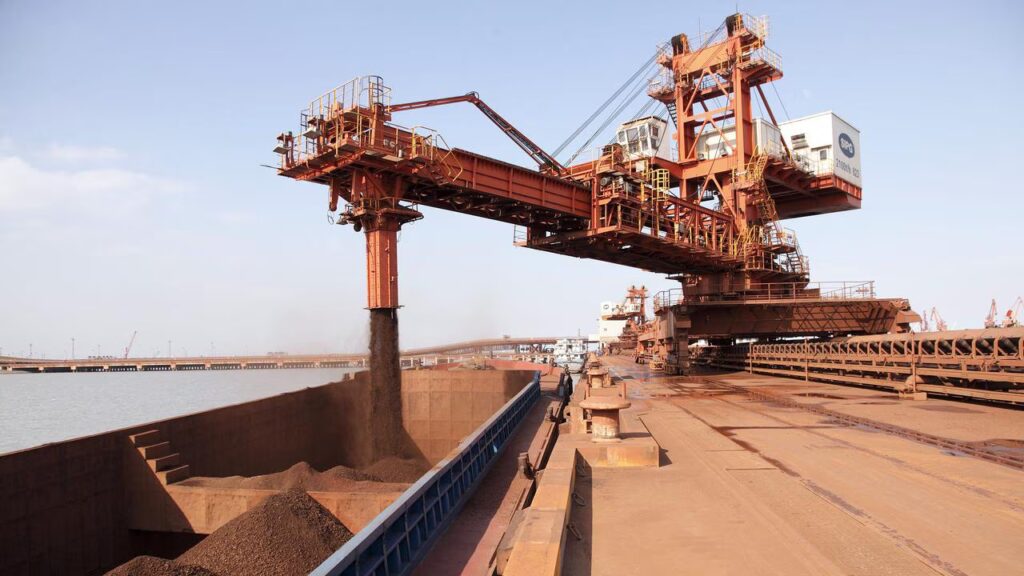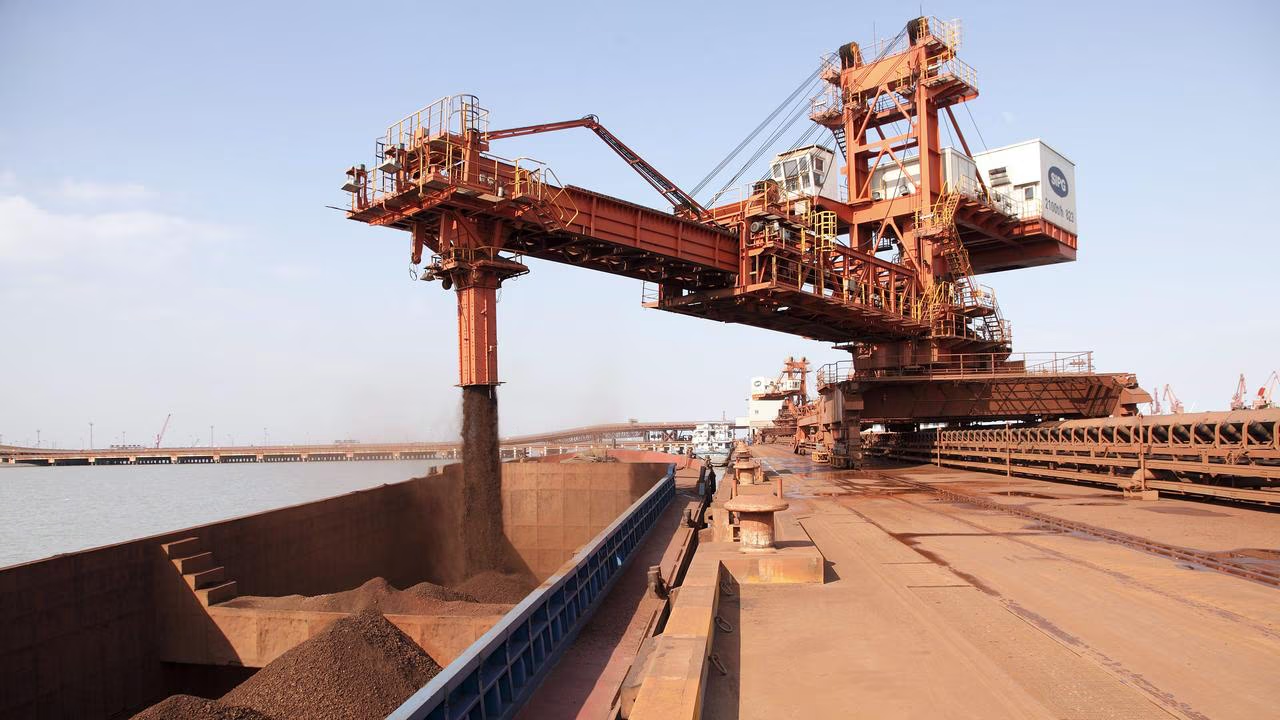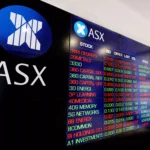For decades, Australia’s export juggernaut has been underwritten by iron ore, a product whose flows, pricing, and geopolitics have shaped everything from government budgets to the ASX. But in the opening weeks of October 2025, the iron-ore trade is at a flashpoint. Reports that China’s state-owned directives have urged its steel mills to suspend purchases from BHP have rattled markets and forced Australia’s political and investment class to stare down the stark possibility: what if the iron-ore supercycle is no longer reliable?
This week’s developments will test how resilient Australia’s commodity-centric macro model is, and whether investors should reset portfolios accordingly.
Market Context: China, Trade Tensions and Commodity Earnings Pressure
China: From buyer to negotiator
China Mineral Resources Group (CMRG) has reportedly instructed steelmakers to halt new purchases of BHP iron ore, in what many view as a negotiating manoeuvre to secure lower prices or shift contracts toward yuan-based settlements. The move comes amid China’s property-sector weakness, local government debt burdens, and decarbonisation pressures.
Australia’s prime minister has pushed for a swift resolution, but many economists warn this may mark a longer-term shift in China’s commodity leverage.
A shrinking trade surplus
The latest Australian Bureau of Statistics data show the goods trade surplus collapsing to A$1.8 billion in August, down sharply from A$6.6 billion in July, driven by a 47 per cent plunge in gold exports and weakening iron-ore volumes. The government has already trimmed projected resource and energy export values from A$385 billion in FY25 to A$369 billion in FY26.
Commodities outlook: underlying shifts
The Office of the Chief Economist’s June 2025 report highlighted that iron-ore and LNG remain the most vulnerable commodities to a global slowdown. Meanwhile, gold and critical minerals such as copper and nickel are expected to benefit from decarbonisation trends and investor demand for diversification.
Analysis & Investment Implications
Winners and losers in the China pushback
Iron-ore majors under pressure: BHP, Rio Tinto, and Fortescue face margin risk and potential valuation compression as sentiment cools. Even temporary purchase suspensions can drag earnings estimates and forward P/E multiples.
Relative resilience in diversified or high-grade miners: Producers with ultra-pure ore, cost advantages, or multi-commodity exposure (e.g., copper, gold) may outperform in a decoupling environment.
Alternative exposure: Gold and uranium equities are drawing renewed inflows as investors seek defensiveness against policy shocks.
Macro hedge positioning: Elevated US yields and slowing Chinese industrial data argue for selective de-risking. Quality cyclicals, infrastructure plays, and defensive income equities may serve as stabilisers in portfolios still exposed to resource cyclicality.
Valuation and catalysts
- Valuation discipline: Prioritise miners trading below long-term EV/EBITDA averages or supported by free-cash-flow yields above 8 per cent.
- Catalysts: Chinese PMI releases, India’s steel expansion data, BHP-CMRG contract developments, and Australian budget revisions tied to royalties.
- Risks: A China hard landing, further trade retaliation, cost inflation, and domestic royalty or emissions reforms.
Investors may find asymmetric upside in mid-tier gold or copper miners with strong balance sheets and scalable projects, compared to iron-ore incumbents exposed to policy volatility.

Strategic Takeaway for Investors
The evolving standoff between China and Australia’s iron-ore majors is more than a tactical dispute — it signals a structural re-pricing of global commodities and power dynamics in trade. For investors, this is a cue to reassess portfolio composition, diversify exposure beyond bulk commodities, and prioritise resilience over raw cyclicality.
In the weeks ahead, watch for clarity from Beijing and BHP’s contract negotiations. The outcome may define not just the next quarter’s earnings, but the trajectory of Australia’s entire resource-driven equity narrative.


